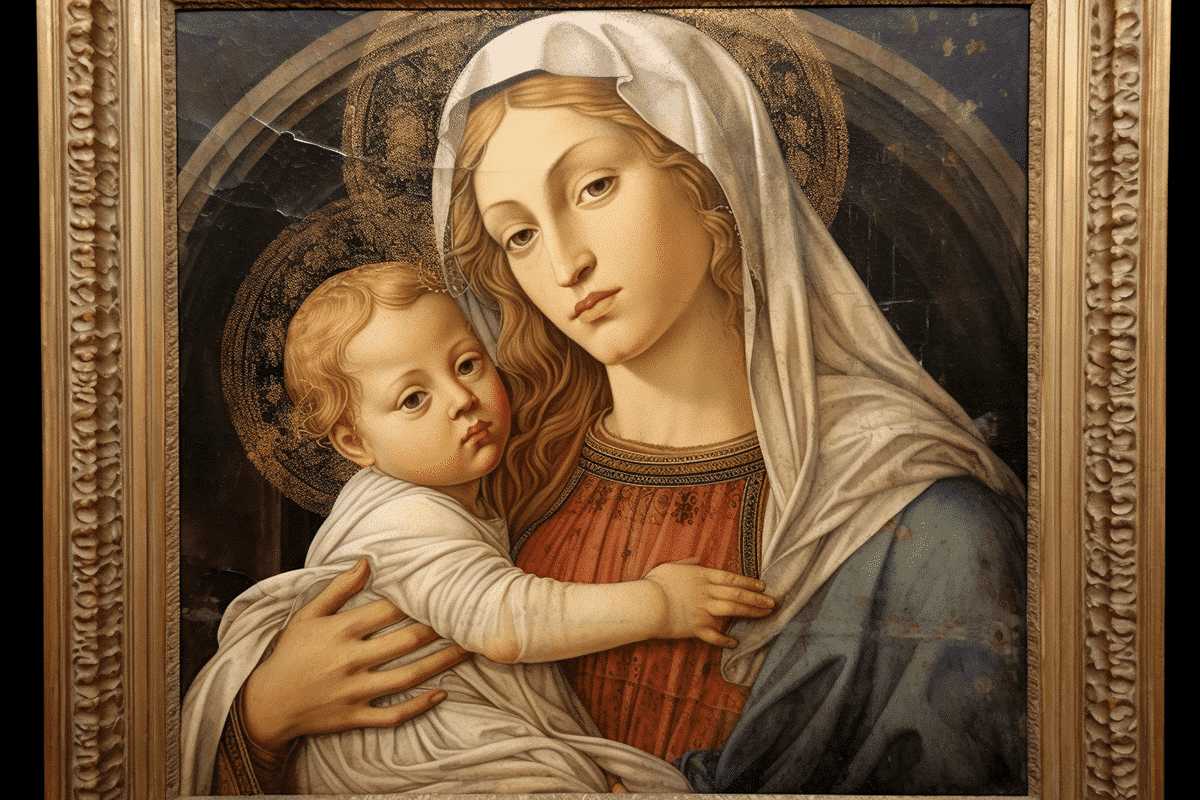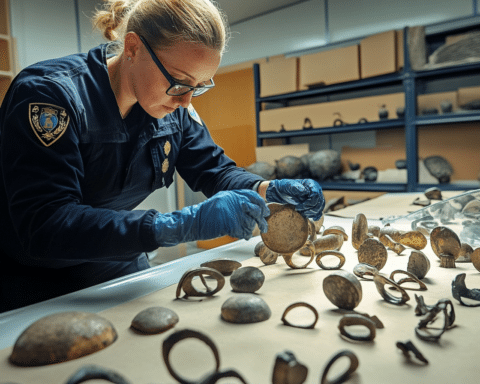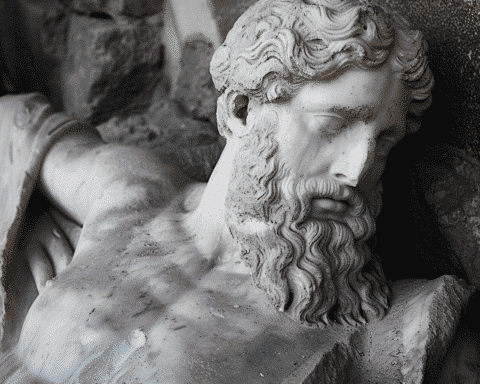In an astonishing discovery reminiscent of a Renaissance tale, a long-missing masterpiece by the 15th-century maestro Sandro Botticelli, esteemed for iconic works like “The Birth of Venus” and “Primavera,” has resurfaced. The artwork, a captivating depiction of the Virgin Mary and infant Christ, was found in a private home in the quaint town of Gragnano, near Naples, Italy. Shedding light on a piece lost since the 1980s, this revelation marks a significant moment in the art world, unravelling a narrative that intertwines faith, art, and history.
The Carabinieri Cultural Heritage Protection Unit of Naples confirmed the location of this exceptional painting, estimating its value at a staggering €100 million ($109 million). Commissioned for the Roman Catholic Church in 1470, the artwork, measuring 58 x 80 centimetres and executed in tempera on wood, originally adorned a church until a fire necessitated its relocation to Santa Maria la Carità in the early 1900s.
The artwork’s journey took a dramatic turn in 1982 when an earthquake damaged the church, leading to the entrustment of the painting to the Somma family for safekeeping. The Italian Ministry of Culture spokesman highlighted that this arrangement was legally sanctioned, and the family faces no criminal investigation. Initially, local authorities regularly monitored the painting’s condition, but these checks ceased in the 1990s, culminating in the artwork being listed as missing.
During the announcement of this remarkable find, Commander Massimiliano Croce of the Carabinieri detailed how the painting was traced to the Somma family this summer. He lauded the collaborative effort involving the local mayor in mediating its recovery, emphasizing the state’s administrative approach to handling the situation. “This is a work unknown to the public, which will now be exhibited again thanks to the intervention of the State,” Croce stated.
Despite some damage, including paint loss and scratches likely from the 1980s earthquake and subsequent relocations, the painting’s essence remains intact. It showcases the Virgin Mary, her blonde hair veiled, holding a cherubic baby Jesus – a motif recurrent in Botticelli’s work. The painting’s absence from public view and the lapse in state supervision remain subjects of intrigue.
The artwork, considered among Botticelli’s final creations before he died in 1510, is slated for a comprehensive restoration process. Post-restoration, it will grace one of Naples’ national museums, though this process is expected to take over a year.
The rediscovery of Botticelli’s masterpiece is a triumph for art historians and a beacon of hope for cultural preservationists worldwide. It underscores the enduring legacy of Renaissance art and the mysteries surrounding it. While the Somma family remains reticent, their role in safeguarding this priceless piece of history is undeniable. As the painting prepares for its public debut after decades, it stands as a testament to the timeless allure and significance of Renaissance art, awaiting to mesmerize a new generation of admirers.




